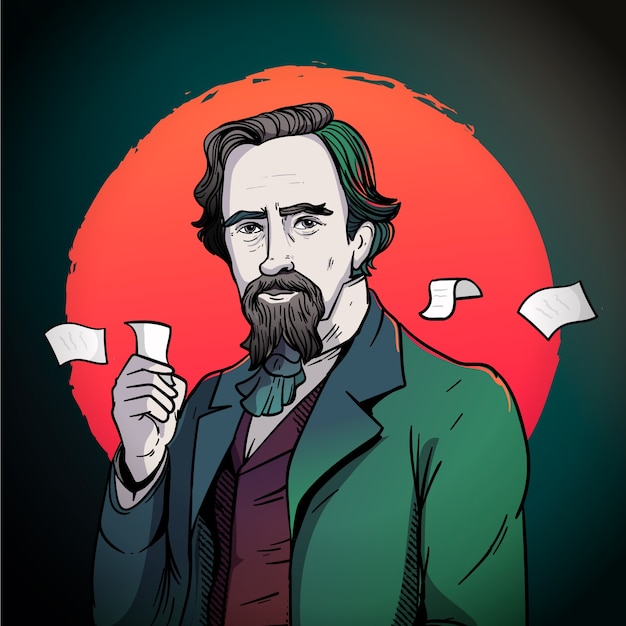Interesting Facts About James Madison

James Madison was the shortest U.S. president, standing only 5 feet 4 inches tall.
Madison was the last president to wear powdered wigs, as the fashion trend ended during his presidency.
He was the first president to wear trousers instead of knee breeches.
Madison was the youngest delegate at the Constitutional Convention, at the age of
5. He once proposed a national university, which eventually became the University of Virginia.
Madison was a prolific writer, penning over 29,000 letters in his lifetime.
He was known for his strong belief in religious freedom and separation of church and state.
Madison and his wife Dolley are credited with starting the tradition of the president’s inaugural ball.
He was the last founding father to die, passing away in 18
Madison was a prolific reader and had one of the largest personal libraries of his time.
He loved gardening and took pride in tending to his vegetable garden.
Madison loved ice cream and is rumored to have served it at several state dinners.
He was instrumental in drafting both the Virginia Declaration of Rights and the United States Bill of Rights.
Madison was the primary author of the U.S. Constitution and is often called the Father of the Constitution.
He suffered from recurring bouts of ill health, including chronic migraines.
Madison was the first president to experience foreign invasion, when the British burned down the White House during the War of 18
Interesting Facts About James Madison part 2
He was an advocate for Native American rights and opposed policies that infringed upon their lands.
Madison was a label-maker enthusiast and used them extensively to organize his personal belongings.
He was the first president to serve two consecutive terms, from 1809 to 18
Madison had a pet parrot named Polly who often squawked curse words.
He was an avid chess player and frequently played with friends and fellow politicians.
Madison was a strict vegetarian and advocated for healthier eating habits.
He suffered from a speech impediment and often spoke softly and hesitantly.
Madison was an ardent supporter of the American Revolution and actively participated in the fight for independence.
He was the first president to have his photograph taken, though the image has since been lost.
Madison had a lifelong fascination with weather patterns and often recorded daily weather observations in his journal.
He was an early advocate for the establishment of a national bank to stabilize the economy.
Madison loved astronomy and would often stargaze from the roof of the White House.
He had a famous rivalry with Alexander Hamilton, with the two engaging in heated political debates.
Madison was an expert at horseback riding and often went on long rides for leisure.
He worked closely with Thomas Jefferson and considered him to be one of his closest friends and advisors.
Madison was the first president to propose a central government financial aid program for education.
He enjoyed playing the violin and would often perform for guests at Montpelier, his estate in Virginia.
Madison introduced the idea of a presidential cabinet, bringing together advisors from various government departments.
He organized the Louisiana Purchase, which nearly doubled the size of the United States.
Madison established the first federal wildlife refuge, protecting unique ecosystems and habitats.
He was a founding member of the American Colonization Society, which aimed to repatriate freed slaves to Africa.
Madison was the first president to veto a bill, exercising his constitutional power.
He practiced transcendental meditation daily, believing it helped clear his mind and improve his decision-making abilities.
Madison loved to go on long walks in nature, finding solace and inspiration in the natural world.
He was a polyglot and could fluently speak and write in French, Spanish, and Latin.
Madison was an early advocate for women’s rights and believed in equal access to education for both genders.
He was an accomplished horseman and participated in horse races as a young man.
Madison had an extensive collection of rare books and manuscripts, some of which are still preserved in libraries today.
He had a deep respect for Native American culture and often included native leaders in diplomatic discussions.